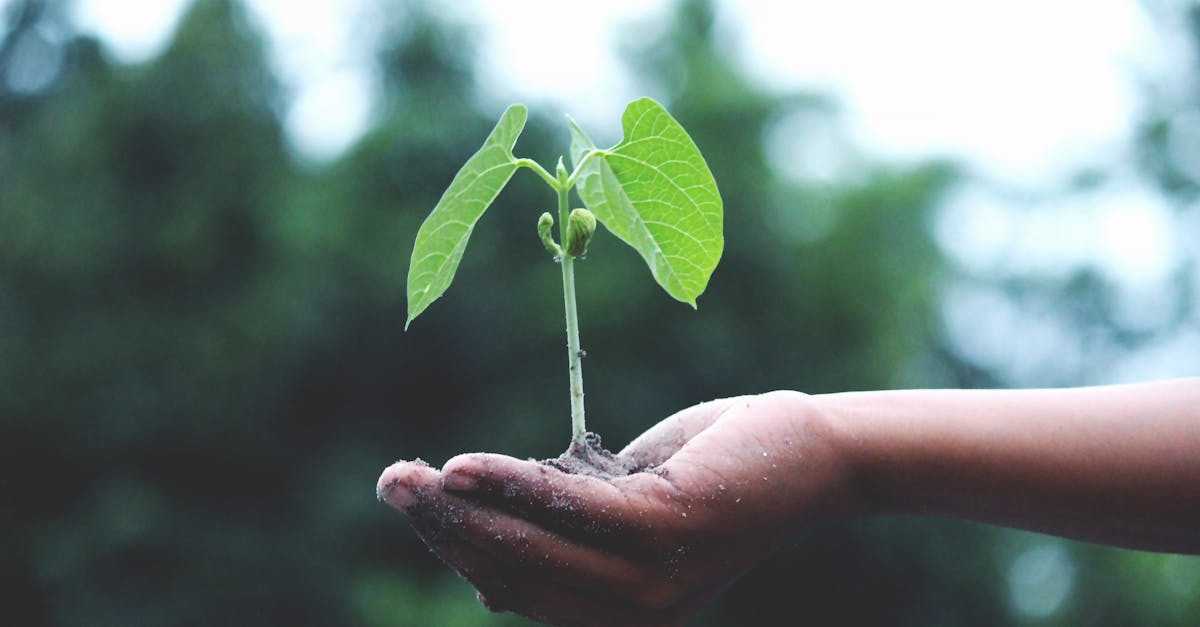In the wake of devastating wildfires, the revitalization of Maui's natural resources is paramount. A recent article highlights the crucial role of ancient Hawaiian practices in rebuilding Lāhainā's forests and, by extension, the intricate ecosystems that depend on them. The concept of interconnectedness – the reliance of the ʻāina (land), wai (water), holoholona (animals), and kānaka (people) on each other – is central to this effort.
The focus on traditional ecological knowledge (TEK) offers a path toward sustainable rebuilding. This approach emphasizes the importance of native species and traditional practices for restoration. Preserving and promoting indigenous understanding offers resilience in the face of environmental challenges. For entrepreneurs and investors, this presents opportunities in areas such as native plant nurseries, ecotourism, and culturally sensitive land management practices.
The rebuilding efforts also have implications for the tourism and hospitality sectors that are central to Hawaii's economy. Ke Kula ʻO Piʻilani is revitalizing the Hawaiian Heritage Garden at Kepaniwai Park to showcase the intersection of culture and nature. This grant allows the school to involve students, families, and the broader Maui community in cultivating a space where Hawaiian language, culture, traditions, and identity can thrive. Engaging with cultural initiatives like these highlights prospects for supporting restoration and boosting appeal for tourism.
Furthermore, the integration of traditional knowledge with modern practices strengthens long-term environmental sustainability. Projects like the re-vegetation efforts on Kaho'olawe, as discussed in Ethnobotany Journal, demonstrate the valuable application of TEK in land management and restoration. This offers insights into adaptive strategies for rebuilding Lahaina's forests. The commitment also suggests the potential for fostering community engagement and creating economic opportunities that are rooted in a deep respect for the environment. Considering the historical significance of places like Mokuʻula, according to Kawaiola News, which was once the seat of government, further underlines the connection between cultural heritage and the land's renewal.



